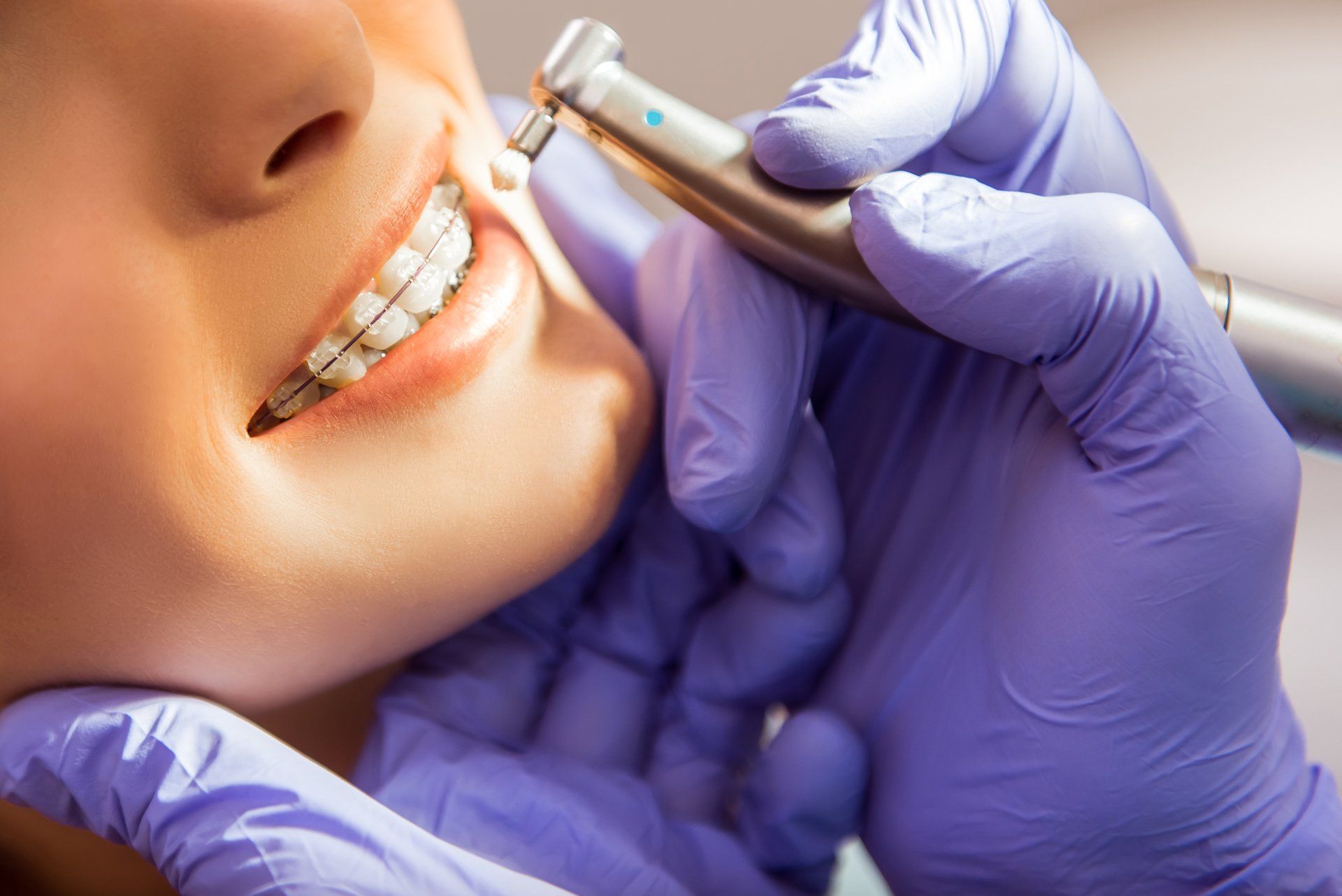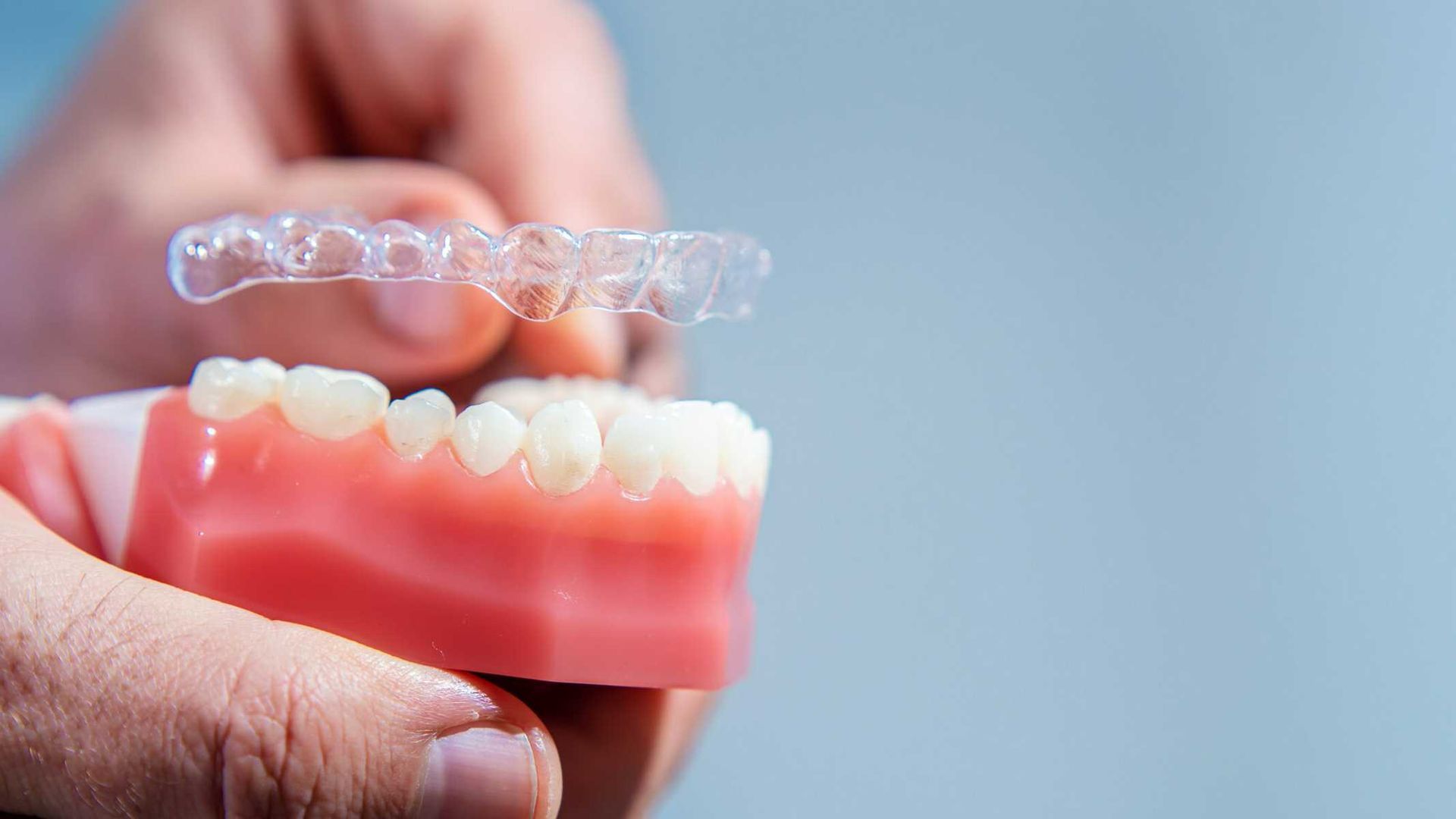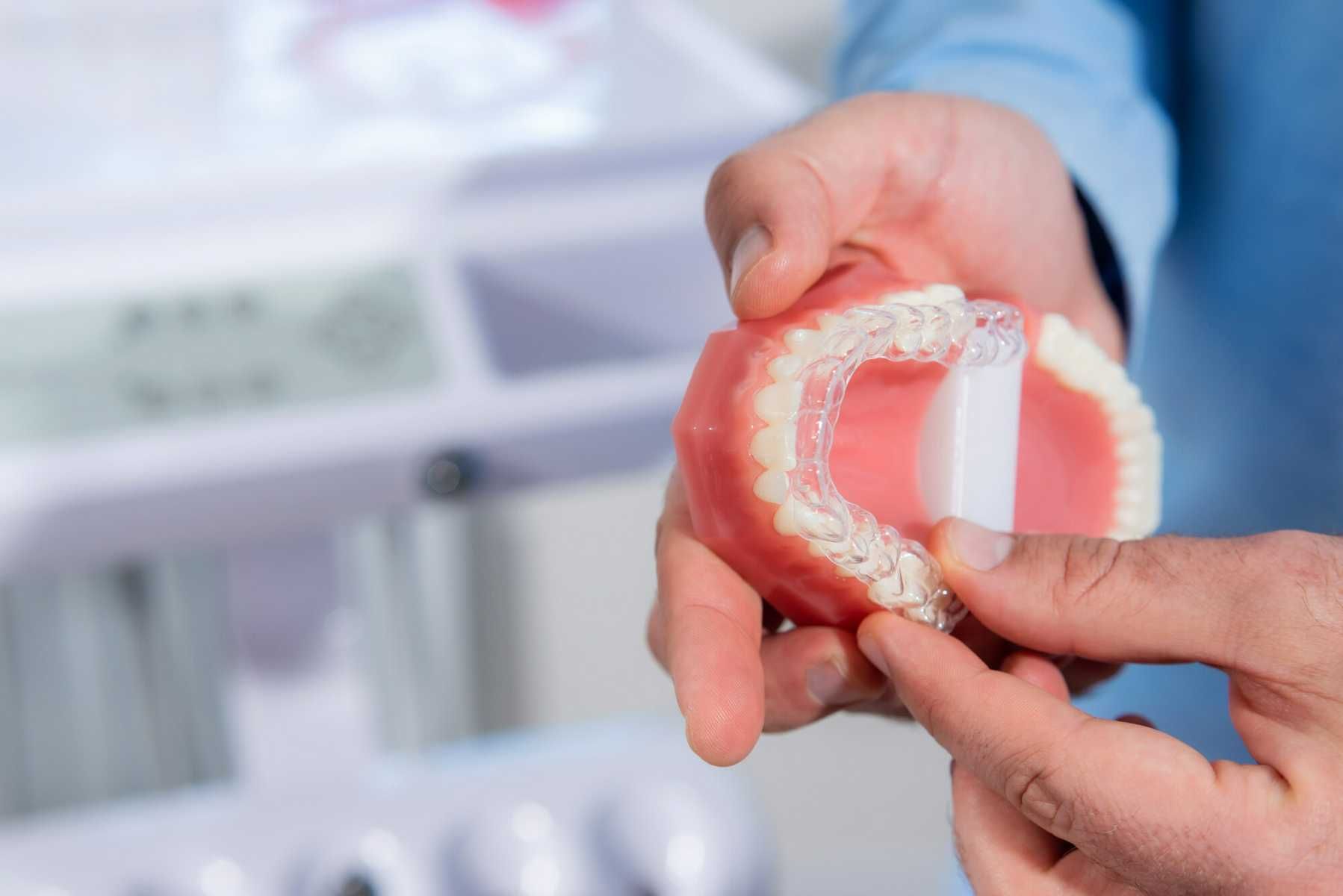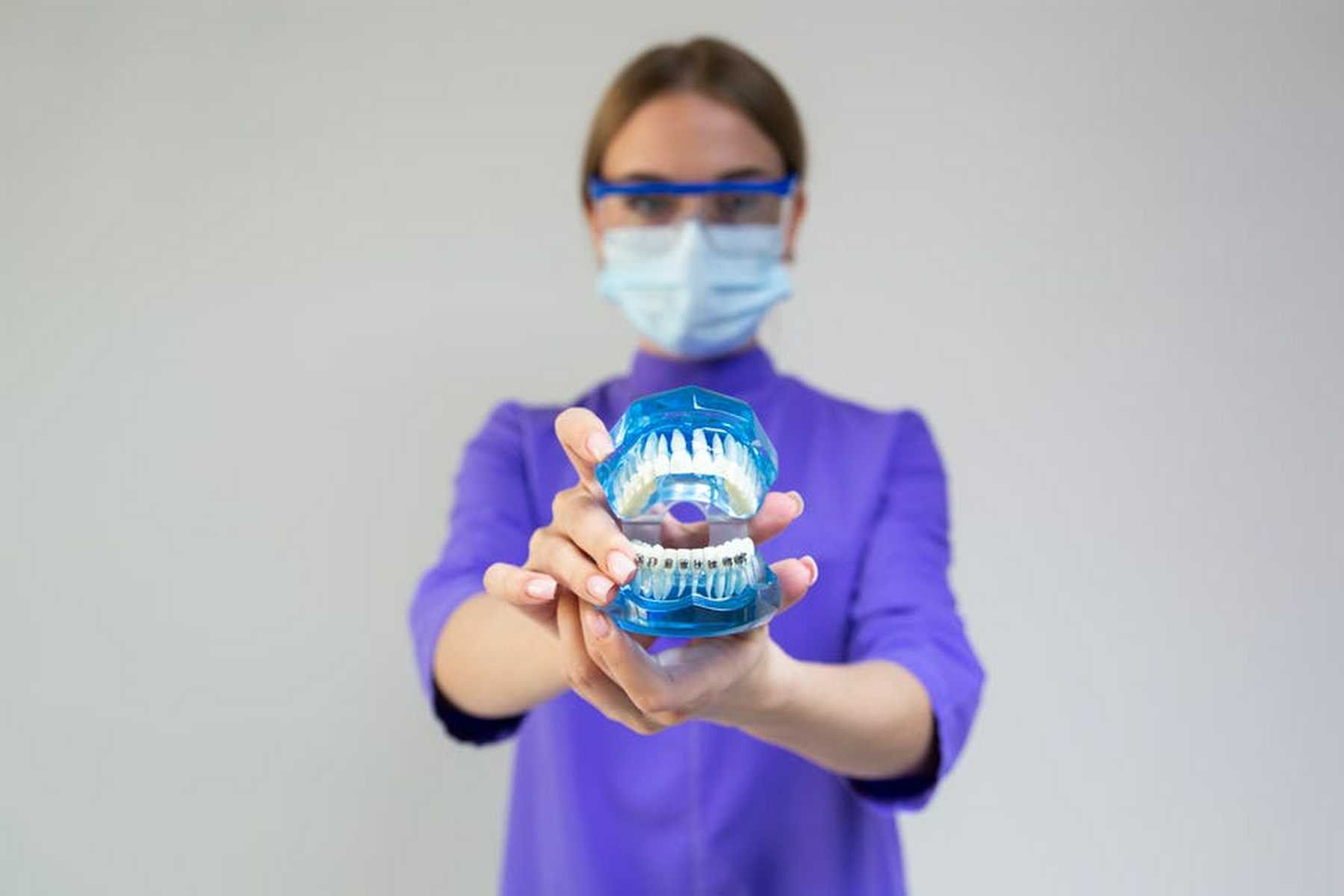Is the Invisalign Orthodontic Treatment Effective?

In a recent study, nearly 7 in 10 people say they are self-conscious about their teeth. One of the most popular ways to straighten teeth and give people their confidence back is with Invisalign aligners.
If you are considering talking with a Houston Invisalign provider, then let us give you all of the information you need to know before your visit.
What Is Invisalign?
Before searching for potential Invisalign providers, you should know what Invisalign is. Invisalign is a type of orthodontic treatment that works to straighten out your teeth. They are a set of custom-made clear aligners that allows you to get the perfect smile without the metal hardware of traditional braces.
Benefits of Invisalign
Contacting an Invisalign provider in Houston is never a bad idea as the benefits of Invisalign are endless. Here are just a few.
Invisible
The main benefit of Invisalign is that they are invisible! Many people steer clear of other types of braces due to the bulky appearance. With Invisalign, you don't have to worry about it altering your appearance, as the aligners are clear.
Easy to Clean
Invisalign makes it easy to clean both your teeth and your aligners. You can easily remove your Invisalign trays and clean them with your toothbrush and toothpaste. You can also buy a special cleaning solution to soak your aligners in for a more thorough cleaning.
If something gets stuck in your teeth, you can just pop your trays out and brush and floss your teeth as usual. If you have metal braces, you may experience food getting stuck in them, which can lead to discoloration and other dental issues if left there for too long.
Quick Turnaround
Many people have to wear metal braces for up to three years. Invisalign typically only takes six to twelve months total to straighten your teeth. This allows you to straighten your teeth and get your dream smile in less than a year.
You will also have to spend less time at the orthodontist with Invisalign. You only need to get your aligners adjusted every six weeks or so. Traditional braces sometimes require visits every month.
If you live a busy life, then Invisalign may be a better option for you.
No Food Restrictions
One of the main complaints with traditional braces is the inability to eat sticky, sugary, or crunchy foods. Many foods such as hard candy, popcorn, nuts, and corn on the cob are off limits with metal braces. With Invisalign, all you have to do is take out your aligners and enjoy your favorite foods.
Visit a Houston Invisalign Provider Today
So, are you ready to visit a Houston Invisalign provider today? Dr. James May Orthodontics is the best Invisalign provider in Houston. Our experienced staff is always ready to help you with any of your dental problems or needs.
If you enjoyed this article and are interested in our services, then feel free to contact us with any questions or concerns.











